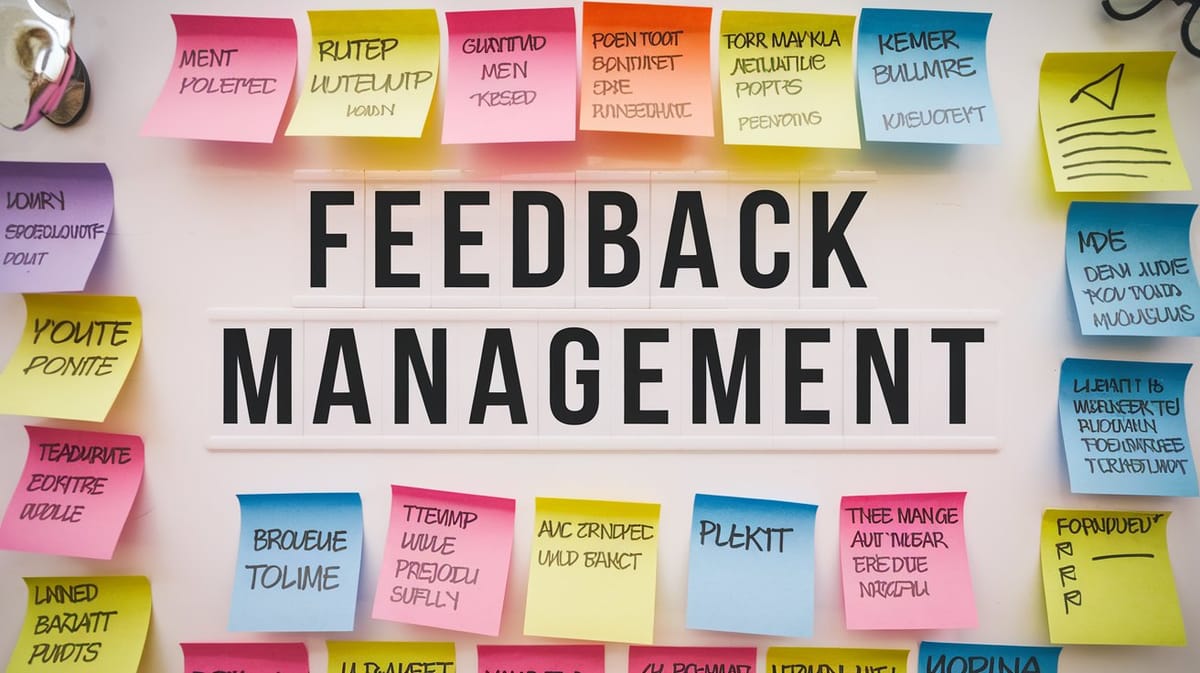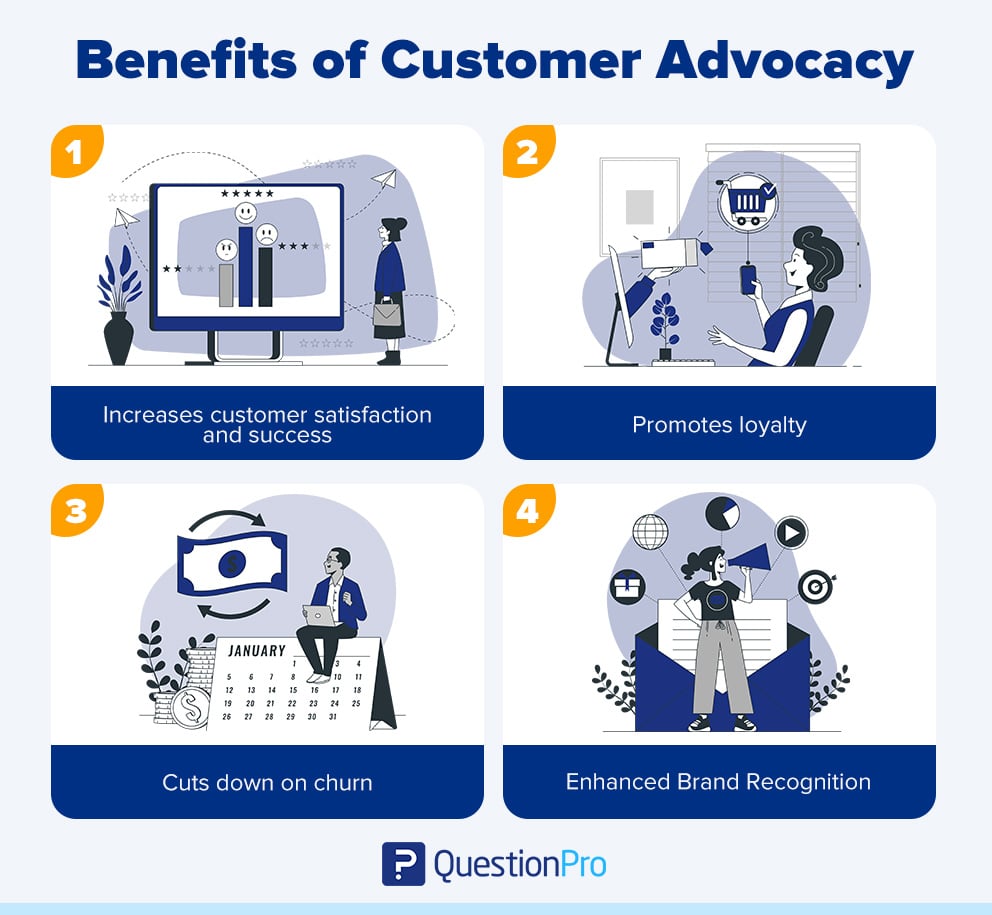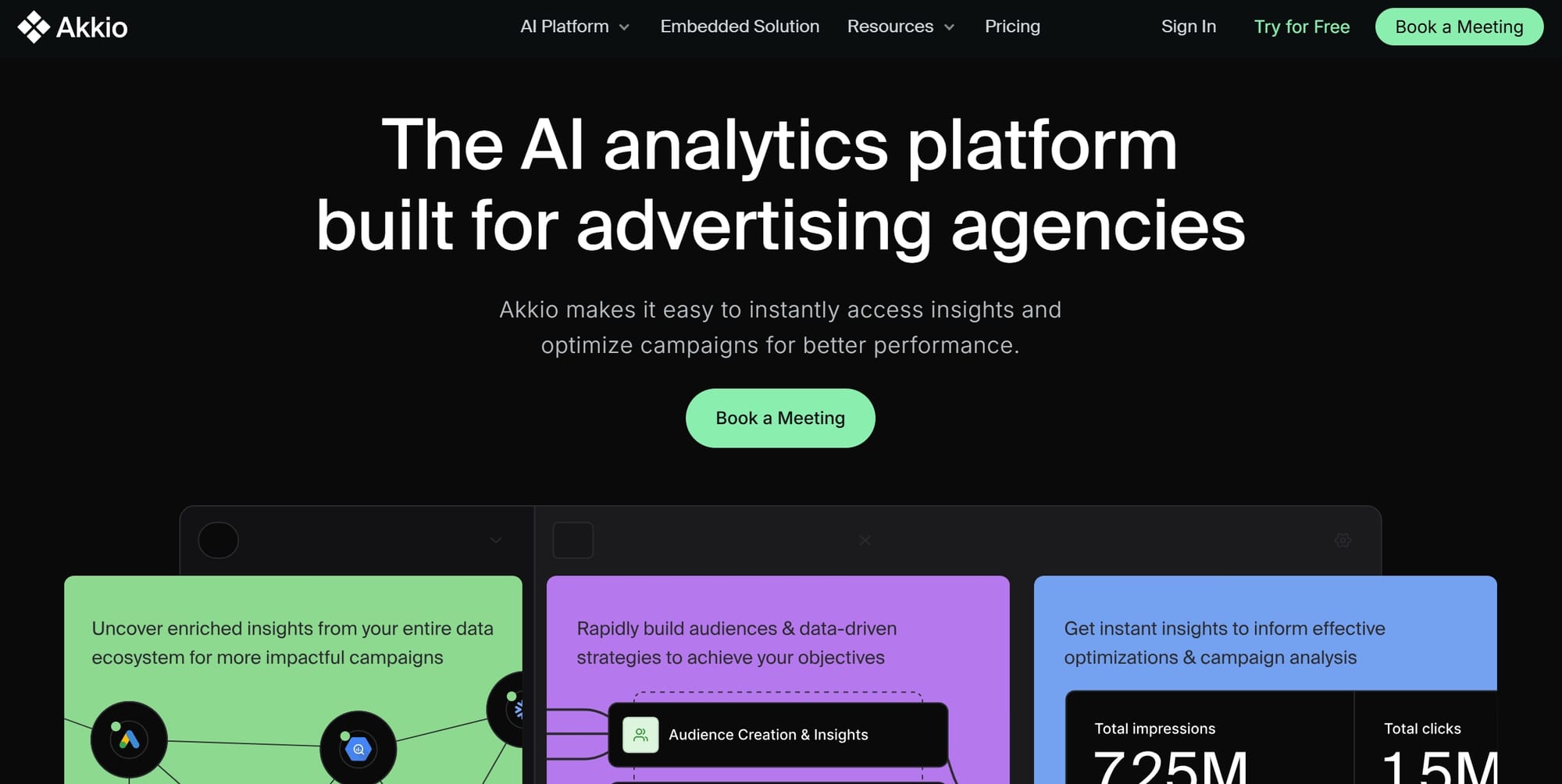What is feedback management?

Feedback management is a critical process for organizations seeking to enhance their products, services, and overall performance. It involves systematically collecting, analyzing, and utilizing feedback from various stakeholders, including employees, customers, and partners. This report delves into the intricacies of feedback management, highlighting its importance, processes, and benefits, while offers 3 Top feedback management AI tools to boost your business.
You can also visit Oncely.com to find more Top Trending AI Tools. Oncely partners with software developers and companies to present exclusive deals on their products. One unique aspect of Oncely is its “Lifetime Access” feature, where customers can purchase a product once and gain ongoing access to it without any recurring fees. Oncely also provides a 60-day money-back guarantee on most purchases, allowing customers to try out the products and services risk-free.
Oncely are hunting for the most fantastic AI & Software lifetime deals like the ones below or their alternatives:

Definition and Importance of Feedback Management
Feedback management is the process of gathering user feedback to identify opportunities for improving a product or service. It is an integral part of organizational development and personal growth, as it provides invaluable insights into areas of strength and weakness. Effective feedback management is essential for several reasons:
- Improves Performance: By managing feedback effectively, organizations can focus on areas needing improvement, ultimately enhancing overall performance.
- Promotes Engagement: Properly managed feedback shows stakeholders that their opinions are valued, enhancing engagement and loyalty.
- Facilitates Better Decision Making: Feedback provides diverse perspectives and ideas that can guide strategic decisions and innovations.
- Boosts Continuous Learning and Improvement: Encourages a culture of continuous learning and improvement by regularly soliciting and analyzing feedback.
The Feedback Management Process

The feedback management process is systematic and involves several key stages:
1. Collection
The first step in feedback management is the collection of feedback through various means such as surveys, interviews, suggestion boxes, or digital platforms. The goal is to gather honest and constructive opinions about a particular topic or issue.
2. Analysis
Once feedback is collected, it is analyzed to identify common themes, patterns, and trends. This can involve quantitative methods, such as statistical analysis, or qualitative methods, such as content analysis.
3. Interpretation
This stage involves understanding what the feedback means in a broader context. It’s about making sense of the feedback and identifying actionable insights.
4. Action
Based on the insights gathered, appropriate actions are planned and implemented. This could involve making changes to products, services, or internal processes.
5. Follow-up
This involves communicating the actions taken back to the feedback providers, thereby closing the feedback loop. It serves to show that the feedback was valued and acted upon.
Benefits of Feedback Management
Feedback management offers numerous benefits to organizations:
- Enhanced Customer Satisfaction: Listening to users improves customer satisfaction, reduces churn, and boosts revenue.
- Alignment with Strategic Goals: Feedback systems help employees align their work with the company’s strategic goals, promoting continuous improvement and enhancing employee engagement.
- Positive Influence on Business: Feedback control systems have a positive influence on business by enhancing planning effectiveness and variance analysis.
- Integration with CRM: Integrating feedback management with customer relationship management (CRM) systems provides valuable insights into customer preferences, enhances customer experience, and drives business growth.
3 Top Feedback Management AI Tools
1. Survicate

Survicate is a leading AI-powered customer feedback tool that excels in collecting, analyzing, and interpreting feedback across various touchpoints. It is designed to help businesses understand customer sentiment, preferences, and behaviors in real-time.
Key Features:
- AI-Driven Feedback Analysis: Survicate uses machine learning algorithms to process open-ended survey responses, identify prevalent themes, and conduct sentiment analysis.
- Real-Time Insights: Businesses can collect feedback from multiple channels, including email, mobile apps, and in-product surveys, and analyze it instantly.
- Survicate AI Topics: This feature allows users to identify common customer experience (CX) trends and requests without manually reviewing text responses.
- Multichannel Integration: Survicate integrates seamlessly with tools like Slack, HubSpot, and Intercom, ensuring smooth feedback workflows.
Benefits:
- Enhanced customer understanding through multidimensional sentiment analysis.
- Proactive issue resolution by detecting shifts in customer satisfaction levels.
- Improved personalization of products and services based on customer insights.
Survicate is particularly suitable for businesses aiming to scale their feedback processes while maintaining a customer-centric approach.
2. Akkio

Akkio is an AI-powered platform that specializes in analyzing feedback data and generating actionable insights. It is designed for businesses seeking to streamline their feedback management processes and improve customer satisfaction.
Key Features:
- Chat Data Prep™ and Chat Explore™: These features enable users to prepare and analyze data quickly, offering real-time visualization of survey sentiment.
- Generative Reports: Akkio generates comprehensive reports that summarize key findings from feedback data.
- Sentiment and Text Analysis: The platform uses NLP to gauge customer sentiment across various channels, including social media and surveys.
- Smooth Integrations: Akkio integrates with popular tools and platforms, making it easy to incorporate into existing workflows.
Benefits:
- Efficient analysis of feedback from multiple channels, overcoming low response rates.
- Improved prioritization of feedback to address critical customer needs.
- Enhanced decision-making through predictive analytics and trend identification.
Akkio is an ideal choice for businesses looking for a user-friendly, scalable, and cost-effective feedback management solution.
3. Wizr AI

Wizr AI is a next-generation sentiment analysis platform that focuses on deriving actionable insights from customer feedback. It is particularly known for its advanced sentiment detection capabilities.
Key Features:
- Nuanced Sentiment Analysis: Wizr AI processes complex data, including sarcasm and cultural contexts, to provide accurate sentiment analysis.
- Industry-Specific Models: The platform offers tailored sentiment analysis models that align with specific business needs.
- Scalability and Cost-Effectiveness: Wizr AI is designed to adapt to business growth without compromising efficiency.
- Security and Compliance: The tool complies with industry regulations like GDPR and CCPA, ensuring robust data protection.
Benefits:
- Improved customer experience through hyper-relevant insights.
- Enhanced responsiveness to customer needs by identifying potential issues before they escalate.
- Greater efficiency in handling large volumes of feedback data.
Wizr AI is a powerful tool for businesses aiming to enhance their sentiment analysis capabilities and maintain compliance with data protection standards.
Conclusion
Feedback management is a vital component of organizational success. It promotes continuous improvement, enhances engagement, and aligns individual performance with organizational goals. By understanding the types of feedback, designing a structured process, and fostering a culture of openness and support, businesses can implement a feedback system that drives growth and development. Ultimately, a well-designed feedback system is not just about evaluating performance but about fostering a collaborative and supportive environment where everyone can thrive.





